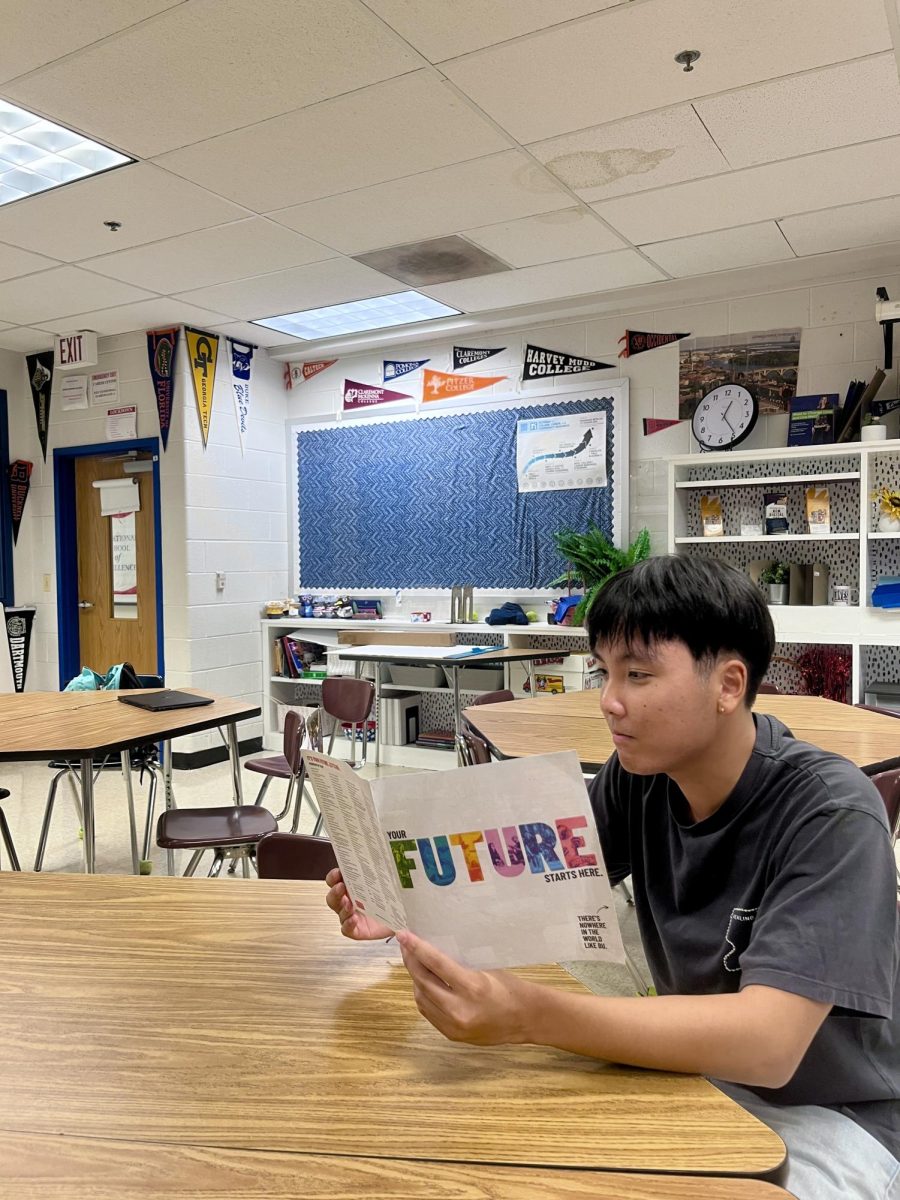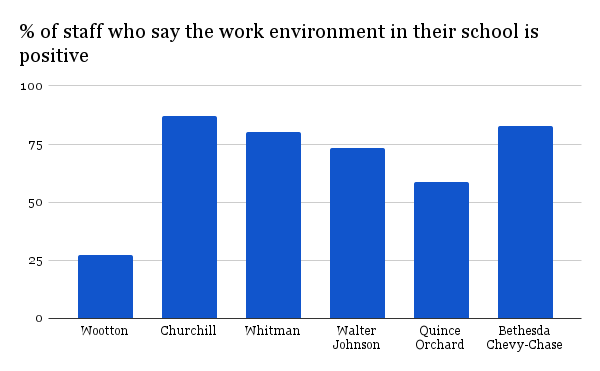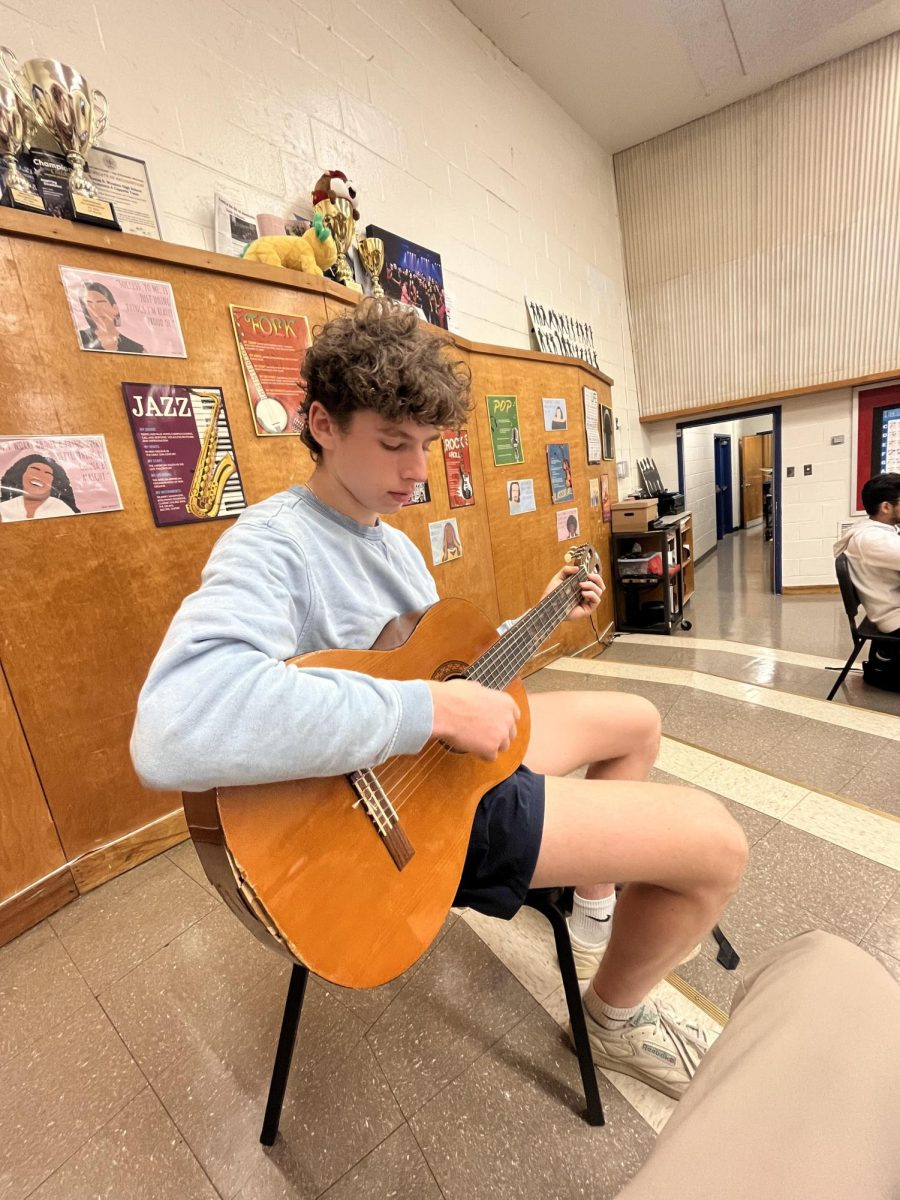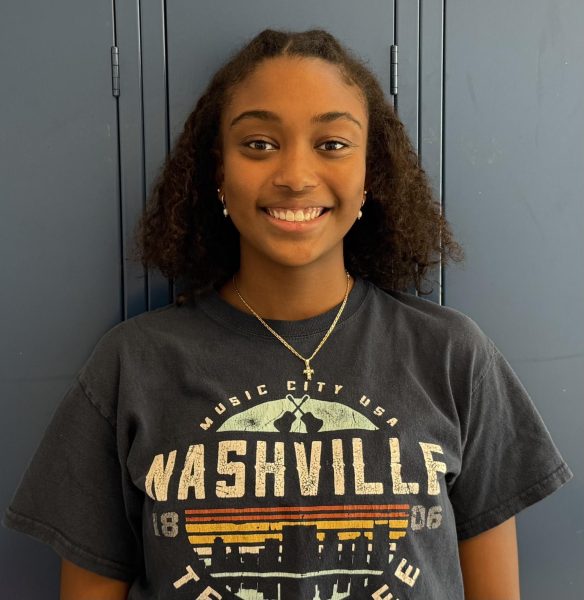High school is supposed to prepare students for the real world. Getting a job is a momentous part of adulthood and all jobs require an interview. Leadership positions at this school including SGA and Patriot Ambassador have a written application and in-person interview component to their applications. For SGA, candidates are all interviewed individually, but Patriot Ambassador interviews are done in groups. How well do these interviews prepare students for real-world job interviews?
SGA
After their written application is thoroughly reviewed, candidates trying out for SGA are accepted for an interview. The SGA interview is structured where the candidate sits at a desk surrounded by around three or four current SGA members, with sponsor Amy Buckingham sitting behind them. During the interview, candidates are asked questions structured around their influence in the school, ideas for future events and passion for student government. Not all of these questions are also on the written component of the application. “[The SGA application] is a really thoughtful process that is meant to evaluate, holistically, not only an individual’s strengths, but how those strengths can support the student body,” Buckingham said.
Additionally, throughout the interview the candidate will be asked more lighthearted questions, such as what their favorite animal or style of potato is, to lighten the mood and reduce stress. Despite the fact that preparing students for real life interviews is not the main focus of the interview, SGA member Gabi Estrada said, “I think the SGA interview prepared me very well for my real life interviews. I have a job and at my interview I found that the questions were fairly similar like what extracurricular activities are you in, how well do you work with others etc.”
Patriot Ambassador
Although the first part of the application process for Patriot Ambassador – the written part – is similar to how SGA and class planning do it, the interview process for aspiring Patriot Ambassadors is extremely different. For starters, multiple applicants are interviewed together. Around six students sit in a line before a panel of previous Ambassadors, while the sponsors Barbra Silcox and Anne-Marie Steppling sit in the back. First, students will be asked a lighthearted, icebreaker question about who they are and one fun fact about themselves. The second question is then about why they want to be an Ambassador and what makes them a good candidate. After these initial questions, the students are told to do a group activity to show how well they work with others, as social skills are a critical part of being an ambassador. “The interviews serve as a great simulation for real-world job interviews,” Steppling said.
While there are similarities between the interviews conducted at this school for leadership positions, and job interviews, it is ultimately up to the students to determine whether they find them helpful for real life job interviews or not. “One thing that I needed for my job interview that I didn’t need for SGA was references. For my job interview, I needed to put down coaches who have seen my work ethic and how I treat those around me. I think that this supporting information could better the understanding we have of those signing up for [SGA],” Estrada said.


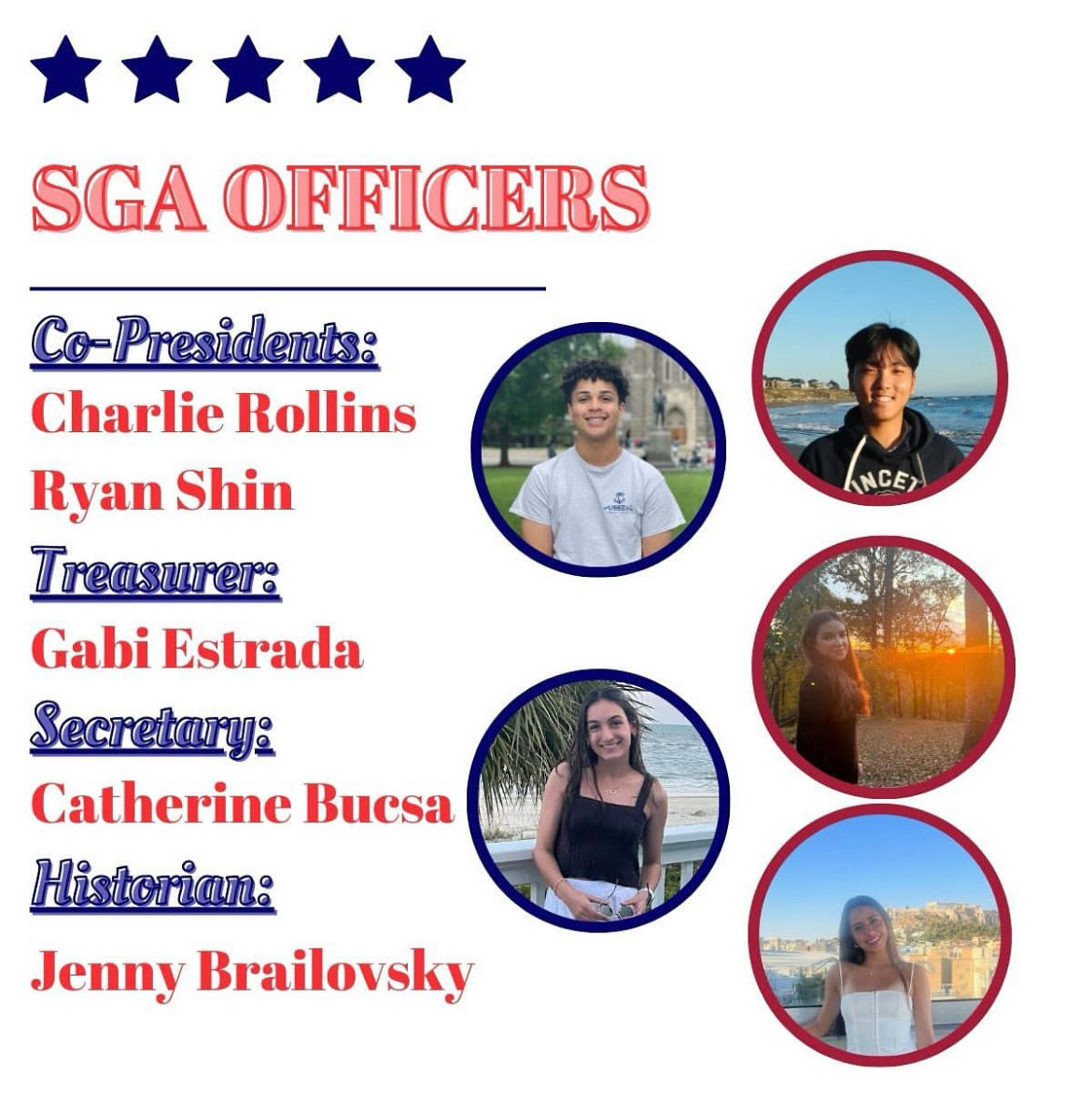
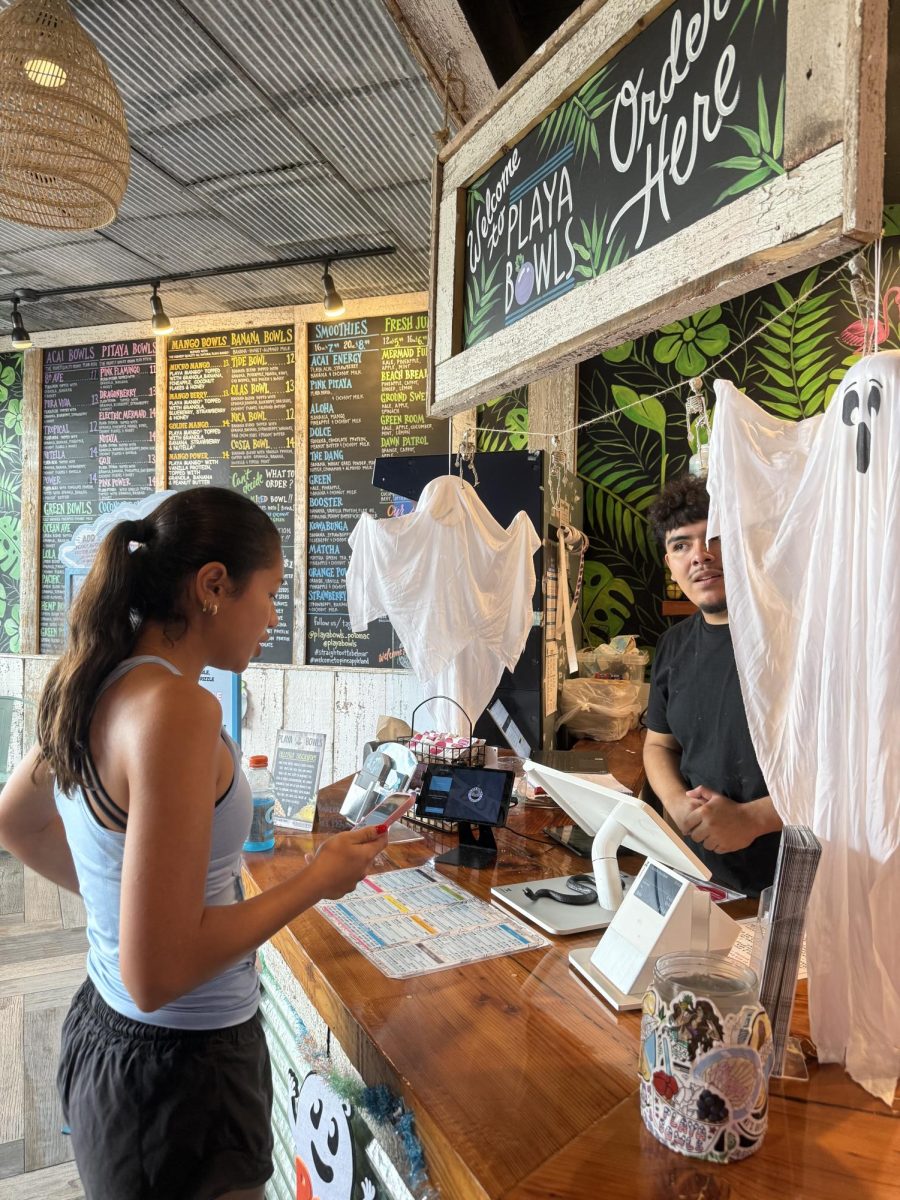
![Editors-in-Chief Ahmed Ibrahim, Helen Manolis, Cameron Cowen, Alex Grainger, Emory Scofield, Hayley Gottesman, Rebekah Buchman and Marley Hoffman create the first print magazine of the year during the October press days. “Only a quarter of the schools in MCPS have programs that are like ours, a thriving, robust program. That makes me really sad. This is not just good for [the student journalists] to be doing this, it’s good for the entire community. What [student journalists] provide to the community is a faith in journalism and that continues for their lifetimes," Starr said.](https://woottoncommonsense.com/wp-content/uploads/2025/10/wmpoFTZkCPiVA3YXA4tnGoSsZ4KmnKYBIfr18p3l-900x1200.jpg)
